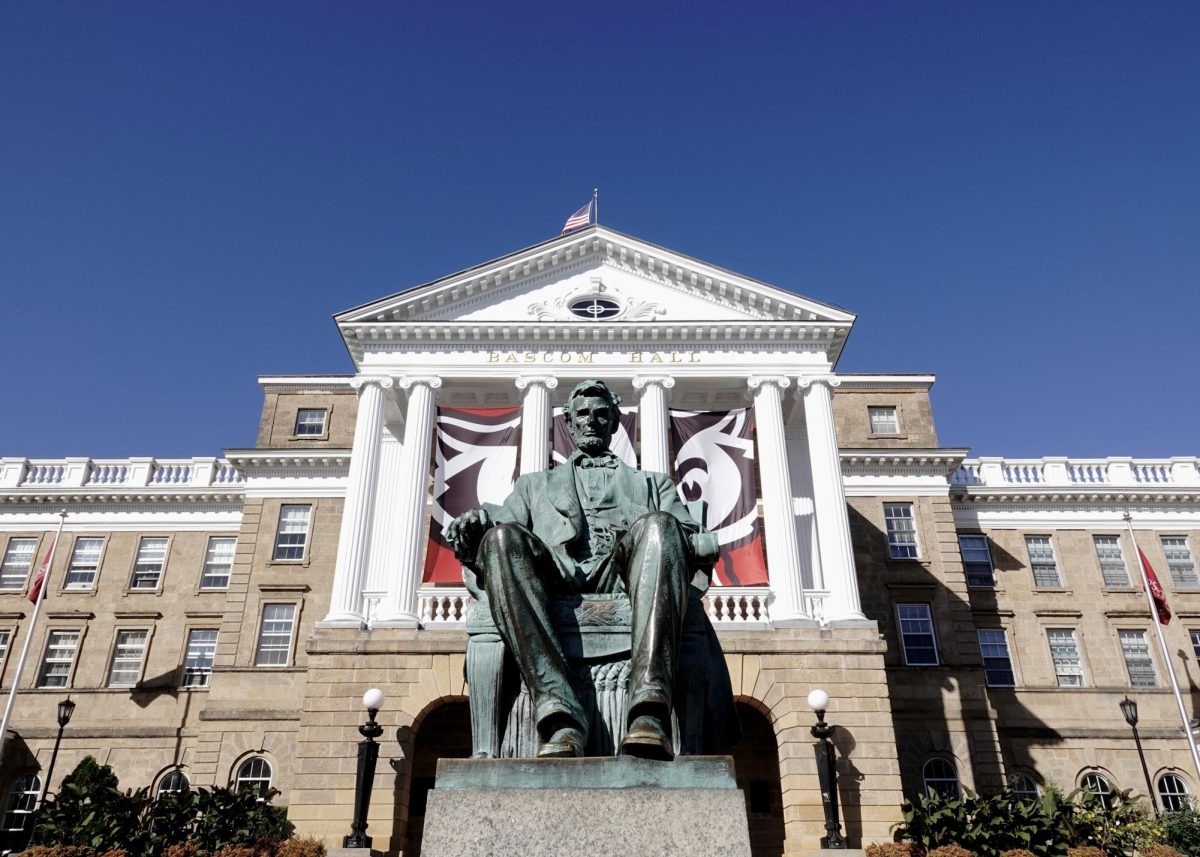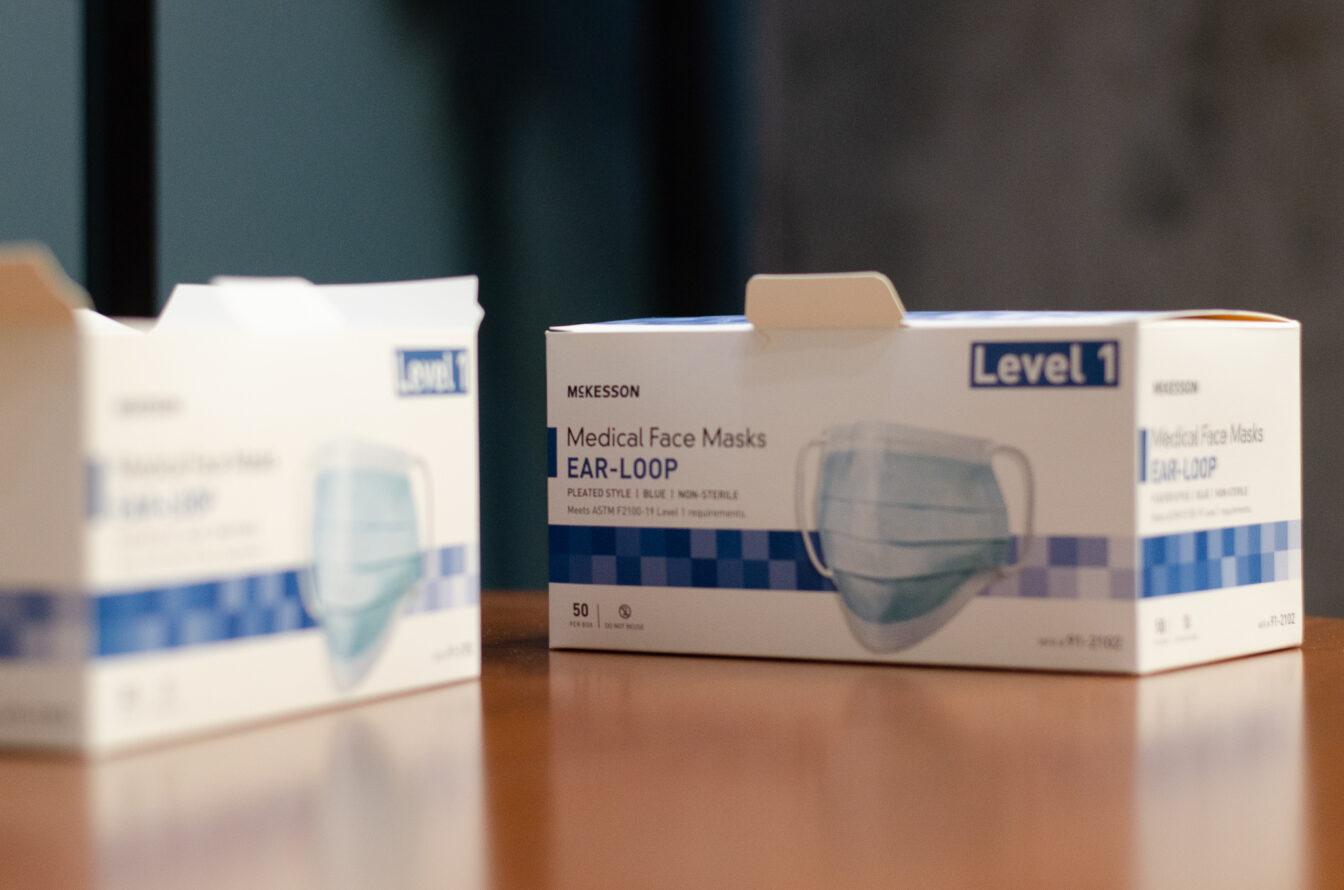In an effort to eliminate the barrier of needing transportation to get medical attention or attend appointments, Uber announced “Uber Health” in early March.
The program was launched in every existing Uber market on March 1 and assists in coordinating rides with health care professionals and their patients, eliminating no-shows, according to an Uber press release.
The program will bring Uber out of the application and into a situation where people need it the most, Jay Holley, head of partnerships for Uber Health, said.
“We have a web-based platform that healthcare professionals can use in order to order rides and coordinate trips on behalf of their patients and people that are coming to and from their healthcare facilities,” Holley said. “[Uber Health] is actually available all across the United States in any market that Uber operates in and has really helped break down access barriers and eliminate transportation barriers to health care.”
Every year, 3.6 million Americans miss doctor appointments due to a lack of transportation, according to the press release. Additionally, no-show rates are as high as 30 percent in some areas.
The rides patients receive will also be billed to the health care company, making them free for the people in need.
“One of the great things, is that many healthcare offices choose to pay for it out of an operating budget, so to the people who need reliable transportation access to a healthcare appointment, very often the people who are taking the rides, aren’t charged for them, they are able to get it free of charge,” Holley said.
Ride coordinators can schedule a ride for immediate pickup, hours in advance or even 30 days in advance, allowing for rides to and from follow-up appointments. Health care providers can also schedule multiple rides at a time through one dashboard, the press release said.
Another benefit is patients without a smartphone are able to use the program, according to the press release. Because text message is the main form communication, customers can directly use their computers to facilitate the ride.
So far, Uber has seen customers using the program for exactly the intended purposes, Holley said.
“[People] also use this to get people home more quickly and conveniently,” Holley said. “Folks who are maybe at the hospital or at a health care facility and don’t have a good way to get back home, this has been a really good way to get them to where they need to be,” Holley said.
According to the press release, more than 100 health care organizations are already using Uber Health in the U.S in an effort to test the system. So far, Uber Health has allowed many companies to focus on the customer experience in addition to limiting the number of no-shows.
While the program is built mainly for health care professionals, insurance companies can use it to order a ride as well, Holley said.
With this program aimed at benefitting people without access to transportation, university students are a key demographic. But because of patient privacy, the company doesn’t actually know if students are taking advantage of Uber Health, Holley said.
“With patient privacy in mind, we’ve really gone to great lengths to shield ourselves from who the people are and why they are taking these trips,” Holley said. “If you’re going to and from the doctor, it’s not really anything that you want Uber, or anyone involved, to know who you are and why you’re going there,” Holley said.
But Holley believes there is a large possibility university students use the program, as they are a large chunk of the population who don’t have access to transportation.
Kate Konkle, associate researcher at the University of Wisconsin Population Health Institute believes Uber Health will be helpful, as many people do not have access to transportation.
“Transportation is really one of the huge problems [with health care],” Konkle said. “For people who don’t have easy access to cars, that don’t live on great bus routes to areas that they need, getting to the doctor can be a significant challenge.”
While the UW Population Health Institute doesn’t study health care in depth, they focus on the overall health in Wisconsin and Dane County. According to their study, unemployment rates in Wisconsin are at 4.1 percent compared to the 3.2 percent nationally. Additionally, income inequality in Wisconsin has a ratio of 4.3 compared to the national 3.7.
Because of these statistics and the need for accessibility in Wisconsin, Konkle believes Uber Health is a great opportunity for Madison.
“If you think of a mom trying to get across town with multiple kids, or a student trying to go between classes who doesn’t have the time to make the trek across town, something like Uber Health could be a really interesting option to fulfill a gap in the system,” Konkle said.














